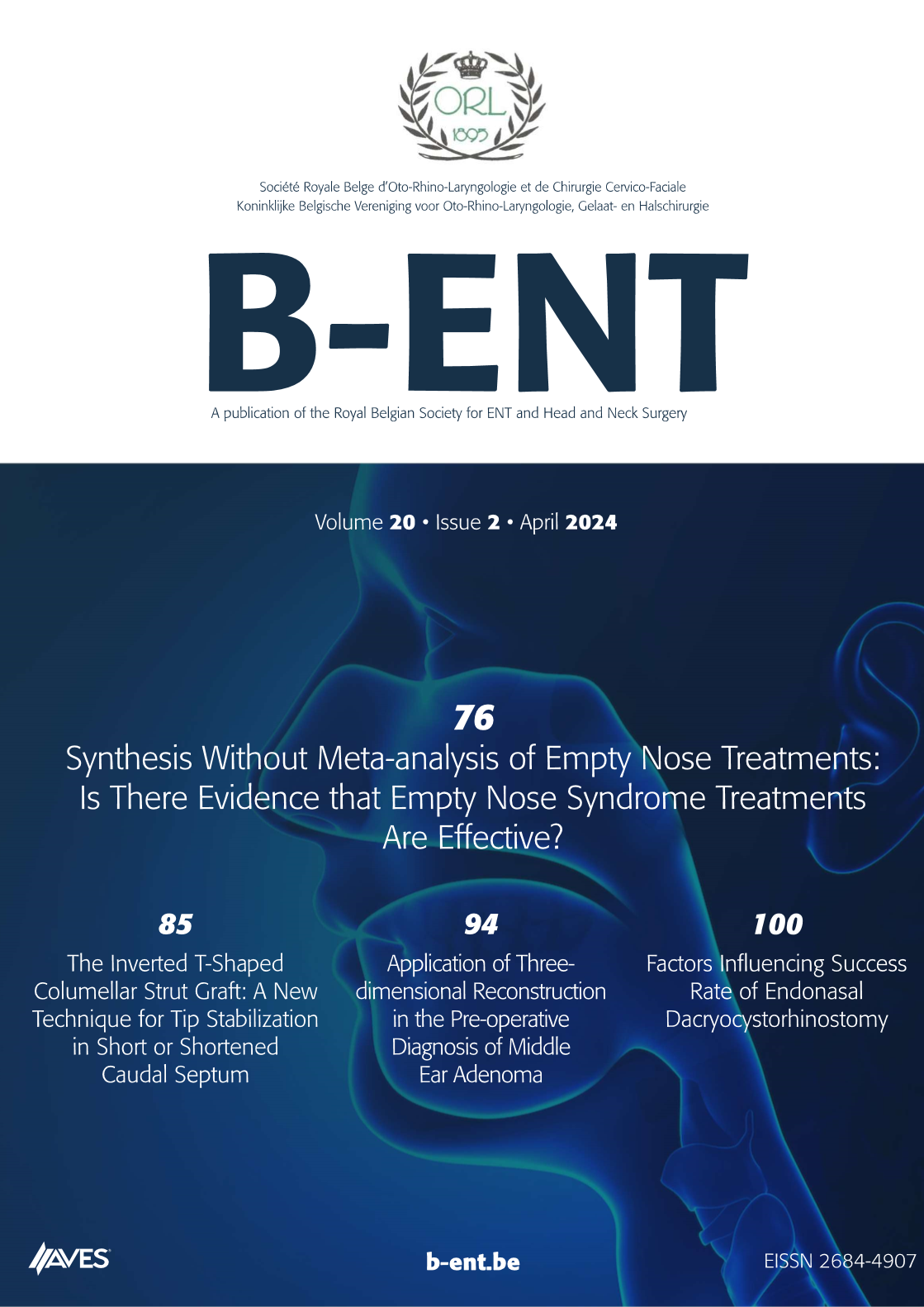Does the weather really affect epistaxis? Objectives: The aim of this study was to determine the incidence and severity of epistaxis under different air conditions.
Methods: This prospective study of 310 patients was conducted between January 2010 and December 2010 in the Diyarbakir State Hospital. Epistaxis rates were examined in under conditions of mean temperature (MT; degrees Celsius), mean humidity (MH; (%), air pressure (AP; atmosphere bar), sunlight duration (SD; hours), rainfall (kg/m2 ), and wind speed (km/hour).
Results: A positive correlation between epistaxis rates and temperature was found, but the correlation between epistaxis rates and humidity, air pressure, and rainfall were negative. Additionally, no correlation was seen between epistaxis rates and either wind speed or sunlight duration.
Conclusion: This clinical study provides evidence to support the idea that meteorological factors should be considered risk factors of epistaxis rates.



.png)
